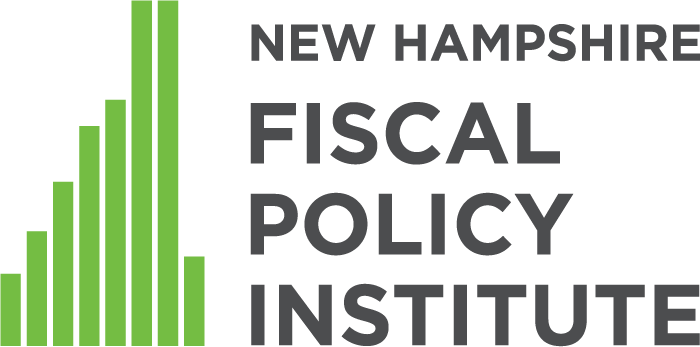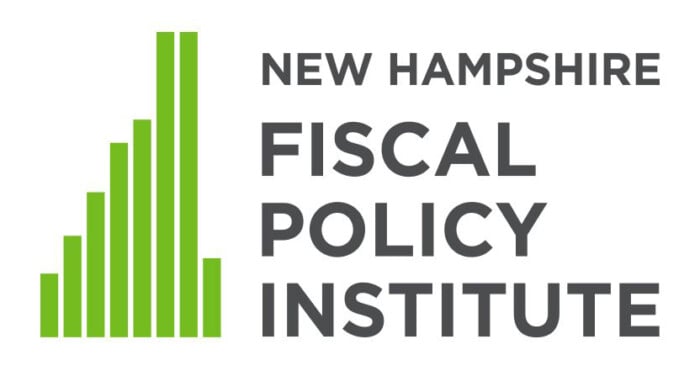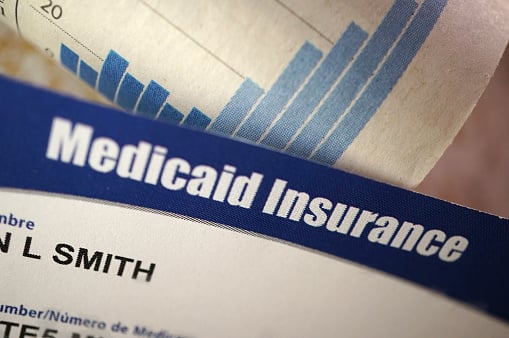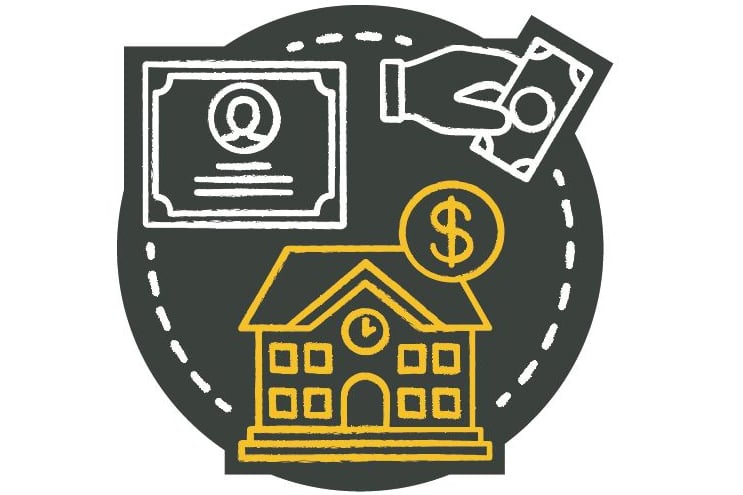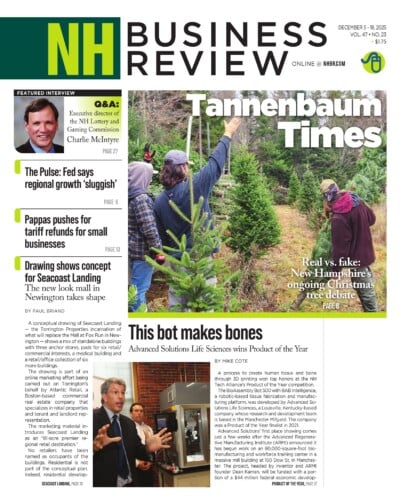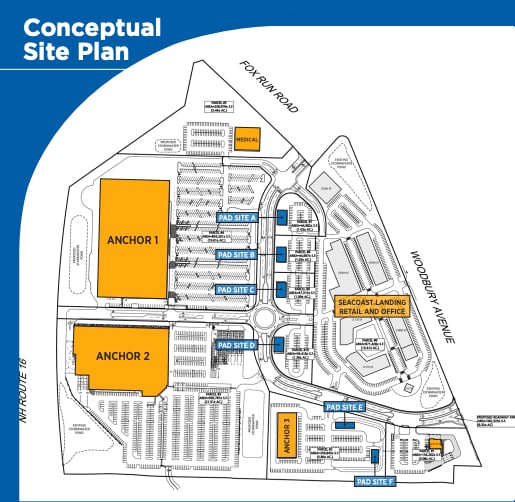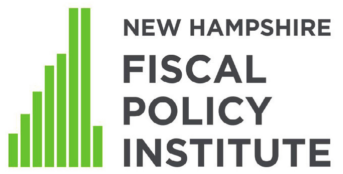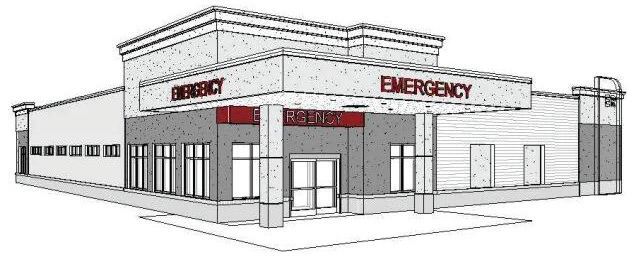New Hampshire households’ financial well-being remained stable in 2024
According to recently released U.S. Census Bureau data, while the financial well-being of Granite Staters did not get worse between 2023 and 2024, it did not improve either. The estimated median household income in New Hampshire was $99,782 in 2024, statistically unchanged from 2023. When adjusting for inflation, the 2024 median household income effectively maintained the same spending power as in 2023.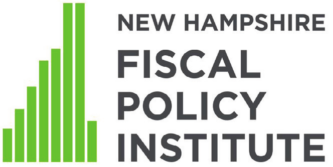
The Granite State’s lack of median household income growth paired with the rising cost of living may have contributed to stable poverty rates between 2023 and 2024. An estimated 98,600 Granite Staters (7.2%) lived with incomes below the poverty thresholds in 2024, including about 16,000 children and roughly 23,000 older adults.
The total number of Granite Staters living in poverty is about the same as the combined populations of Claremont, Concord, Keene and Laconia in 2024. Though the estimated child poverty rate in 2024 was statistically indistinguishable from the rate in 2019, the rate among older adults has remained elevated compared to the 2019 rate, suggesting the COVID-19 pandemic may be having lingering adverse effects on the financial well-being of older Granite Staters, many of whom live on fixed incomes.
As the limited housing supply continued in 2024, many Granite State renters were cost burdened by their housing costs, meaning they spent 30% or more of their household incomes on housing. In 2024, approximately 49% of renters were housing cost-burdened compared to about 28% of owner households paying a mortgage and about 20% of owner households without a mortgage. Renters’ median household income ($58,715) was approximately half the median income of owner households ($119,152).
The rate of Granite Staters without health insurance did not improve either, remaining stable at 4.5% between 2023 and 2024. Future changes to health care policy, including work requirements authorized by both the federal government and the New Hampshire Legislature, increased premiums for individuals and families covered by Medicaid, and the loss of enhanced subsidies for coverage purchased through the individual marketplace may result in higher uninsured rates in 2025 and 2026. Additionally, policy changes related to other assistance programs for Granite Staters with low incomes, including the Supplemental Nutrition Assistance Program (SNAP), may increase hardship among some New Hampshire households — many of whom have already been struggling to make ends meet.
Nicole Heller is a senior policy analyst with the New Hampshire Fiscal Policy Institute. The NHFPI Policy Memo is a partnership of the NH Fiscal Policy Institute and NH Business Review.


